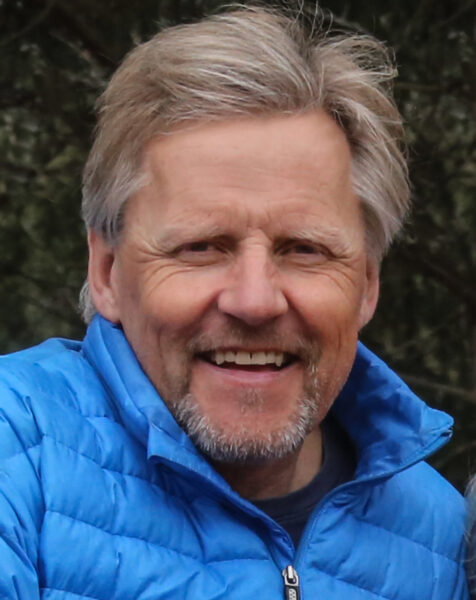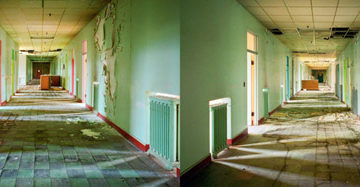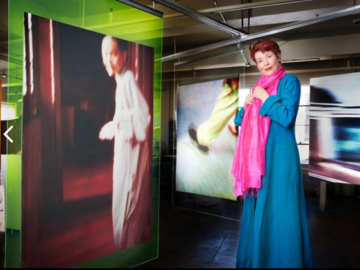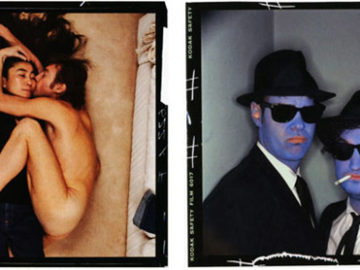Norwegian photographer Per Breiehagen grew up in a small town in the mountains of southern Norway before settling in the US. His love for the outdoors and location photography has led to advertising and editorial assignments around the world, including the North Pole, Antarctica, and plenty of warmer places in between. He has been fortunate to work with many great people on amazing assignments for clients that include National Geographic, Outside, The New York Times Magazine, Disney, Sony, Samsung, AT&T, Patagonia, The North Face, Asics, and Gore-Tex, to name a few.
Introduction by Jim Brandenburg, Photographer
I had just returned home from a National Geographic North Pole expedition when the phone rang. My assistant wisely said you may want to talk to this person. The first minute of that conversation was transfixing. Per Breiehagen was on the phone. I didn’t know him at that point but his Norwegian accent certainly hit a mark with me, it was my tribe. He had recently graduated from the University of Minnesota and was inquiring about an assistant position. Intuitively I said yes with little hesitation. 37 years later I’m still smiling with pride from that magic connection, first with having an enduring, close friendship and then with the joy of seeing him achieve his stellar career.
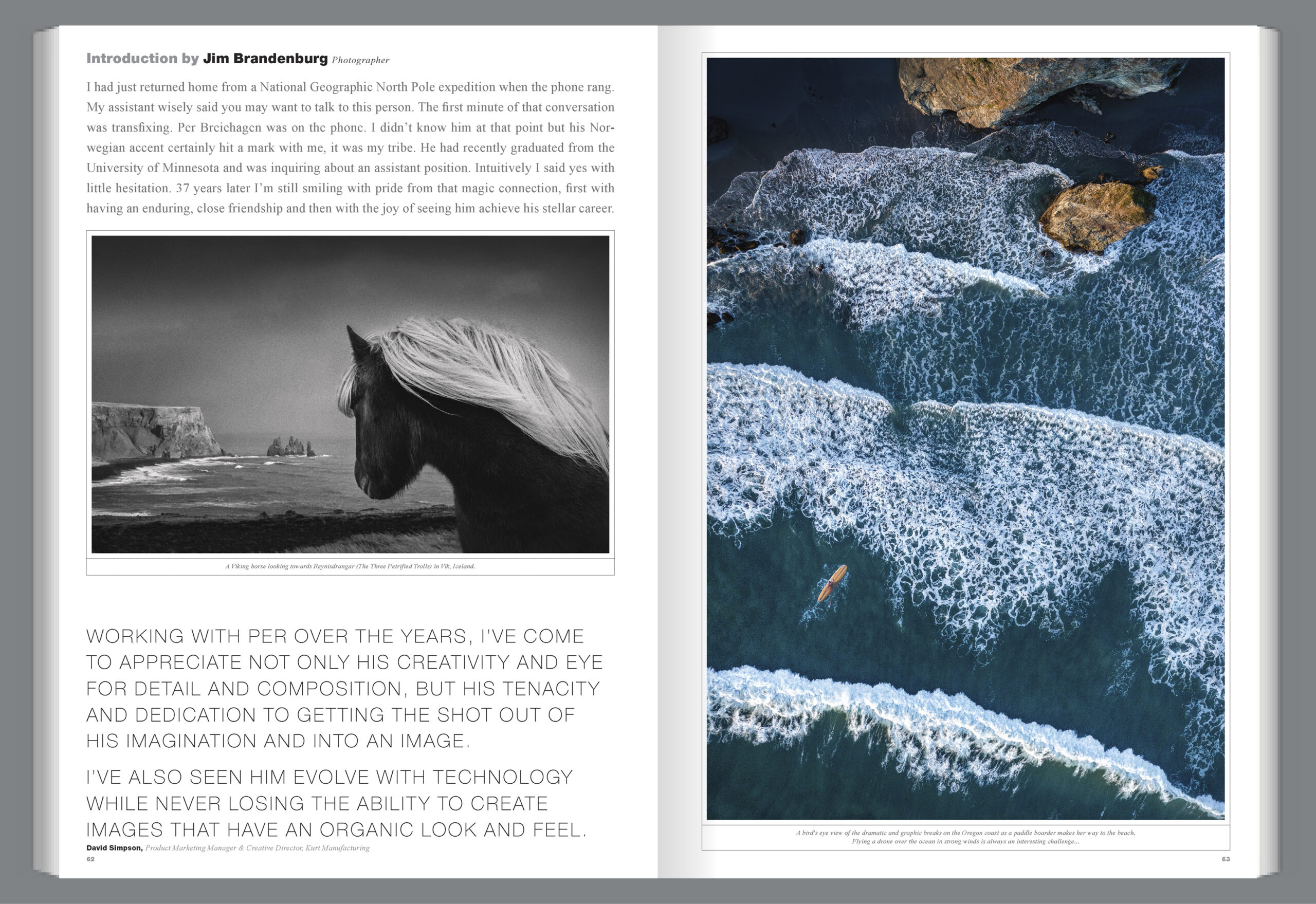
What has inspired or motivated you in your career?
The fact that you can freeze an amazing moment, keep that interpretation of what you saw, and bring it with you to save, cherish, and share. That magic has never stopped for me. It started when I was just a kid with my dad’s camera; he was a journalist, and there was always a camera around. As soon as I was able, I would borrow the camera for my own shots. Shooting on Kodachrome and then showing it at home with our slide projector weeks later was pure magic to my family and me; it was a highlight of my childhood. Those moments when the slide came up on the big screen in all its brilliant colors were serious fuel for my passion, and I would continue to bring this passion to all my shoots. My goal has always been to try to come back with something special, no matter what.
What is your work philosophy?
Don’t stop until you have something that you’re proud of showing.
Who is/was your greatest mentor?
Jim Brandenburg. I met Jim right out of college. I was lucky to get an appointment with him for a portfolio review, and we hit it off immediately and talked late into the night. His heritage is Norwegian, and we had an instant connection that went way beyond photography. I started working with him at his studio the next day and learned the ins and outs of a very successful business operation, in addition to his work ethic and approaches to different shoots. With his busy schedule on numerous book projects, he trusted me to take over some of his national magazine clients.
He also introduced me to renowned explorer Will Steger, which led to a two-year assignment for National Geographic and several major sponsors, including The North Face. After months of training in northern Minnesota, the project eventually brought me to Greenland and Antarctica and truly tested my photography and survival skills. The Trans-Antarctica Expedition was the longest and last dogsled expedition in Antarctica at seven months and 3,741 miles. It was a cold and extreme start to my budding career. We have remained lifelong friends, and his work inspires me to this day. His relentless chase for the perfect light never stops.
Who are some of your greatest past influences?
Edward S. Curtis, Ansel Adams, Richard Avedon, Herb Ritts, James Nachtwey, Knut Bry, William Albert Allard, and Jim Brandenburg.
You’re primarily known for your location photography. What is it about that type of photography that draws you to it?
I love to work outside in all kinds of climates and weather. Growing up in Norway prepared me for this; the weather was unpredictable, and I learned to be comfortable in all the extremes, so combining this love for the outdoors with photography is a win-win for me. Exploring new locations is always inspiring, and shooting different activities in these awesome environments is the big draw.
You also do motion work. How does your motion work inform your still work and vice versa?
Motion work forces you to think even more strategically to fulfill the storytelling needs of a sequence, and I think because of this, I discover images for still shots that I otherwise would’ve neglected. Having the advanced motion options now with our high-end still cameras definitely brings the motion aspect along on every shoot, so where I would just have shot a still in the past, now I might also try to get a nice segment for motion. Everything takes a bit longer, but back at the studio, it’s great to have the options.
Who among your contemporaries today do you most admire?
Matt Mahurin, Jimmy Chin, Chris Burkard, Howard Schatz, Dan Winters, and Sebastiao Salgado.
What would be your dream assignment?
I could think of many, but an automotive or adventure lifestyle shoot in Iceland with a great crew would certainly be a dream! On a more personal level, I’d love to head to a remote area of Greenland and document the vanishing way of life of the Inuit. Climate change is drastic in the Arctic, and I’d like to do my part to shed more light on the dramatic changes that are happening.
Who have been some of your favorite colleagues or clients?
I spent years on the road with Asics. We would team up with both world-class and local athletes to build libraries of images in the best locations like Alaska and Hawaii. The client was so buttoned up that it made for a truly amazing experience, year after year. Some of us have remained lifelong friends.
My Arctic Cat snowmobile shoots are also very memorable. I was deep in the rugged mountains of Wyoming with a hardy crew and client; we were all aiming to create powerful images despite all kinds of weather and the often challenging conditions and make it back safe in the evenings. We had days in Wyoming that were colder than the North Pole. These shoots required serious teamwork and awareness of everybody’s well-being.
What are the top things you need from a client to do successful work for them?
A collaborative attitude, realistic expectations, honest and direct communication, and a positive attitude. Also, keep an open mind about scenarios and ideas that might develop as we go.
Having won multiple awards, is there a certain award that means the most to you?
My Graphis Platinum Award for an aerial shot I did in Exuma of my daughter floating by stromatolites means a lot to me. The location is one of our favorite places to go and explore; I’m continually inspired by the incredible, untouched beauty there.
What part of your work do you find the most demanding?
Marketing myself. My heart is in the process of shooting and creating, and I have a hard time setting aside time for the often very time-consuming marketing efforts.
What do you consider your greatest professional achievement?
Two different projects come to mind.
My first big assignment for National Geographic in Antarctic was a once-in-a-lifetime kind of assignment and adventure. It was a full-on survival scenario for all of us, in addition to documenting the most ambitious expedition in modern Antarctic history.
Also, the personal project with my family that ended up as a New York Times bestseller is definitely a big highlight. It was a side project with my wife the author and my daughter (the model) that eventually grew into a series of six books translated into seven languages. These books also led to two of the biggest commercial assignments of my career. AT&T commissioned me to create a Christmas campaign based on the theme of the books. It was their most extensive holiday campaign so far, and in addition to advertising and television, all 5,000 AT&T stores across the US had large print galleries of my images. Chicco, the giant children’s goods manufacturer based in Italy, also commissioned me for several extensive European campaigns with new images every year for magazine, television, and billboard ads. The immense popularity and positive feedback from around the world, as well as having a children’s book series that’s considered a “modern classic” and selling well 10 years later, is very rewarding.
What about your work gives you the greatest satisfaction?
To be able to make a living doing what I love is like a dream, and I’m still dreaming. I never take it for granted.
What professional goals do you still have for yourself?
To keep shooting, to keep the passion alive, and to encourage and inspire young artists and photographers.
What advice do you have for students starting out today?
Be ready for an all-immersive lifestyle. This is not a nine-to-five kind of job. Be curious and educate yourself on every possible aspect of what is demanded in this field, from shooting and lighting skills to serious editing skills. Assist the best shooters you can find, learn in real-life situations, and be prepared for the demands of a production when it happens.
What interests do you have outside of work?
I love spending time with my family and exploring the world, ideally in a very active setting. Spending time at our remote mountain cabin in Norway is always a highlight of the year. Riding my mountain bike or skiing are daily rituals for me when I’m not on a shoot.
What do you value most in life?
Health, family, and the freedom to do what I enjoy the most: photography and my adventure pursuits.
What would you change if you had to do it all over again?
I would’ve tried to assist more established shooters early on to learn the ins and outs of the commercial photography world. As it turned out, I learned a lot by trial and error, which is a route I wouldn’t necessarily recommend.
Where do you find inspiration?
Traveling to new places/locations certainly inspires me, but I’ll find it closer to home as well. You can find beauty and magical light wherever you are if you pay attention.
How do you balance your work with your personal life, if there is a distinction between the two for you?
I’ve been lucky to have a wife in the business and a family that also loves photography. We’ve never known anything else, and assignments, personal projects, and travel often blend together. We seek out beautiful places to shoot and explore, so we’ve experienced some pretty amazing places.
How do you define success?
To have a fulfilling profession that satisfies a curious and creative mind and also allows for financial stability so the journey can keep on going.
Where do you see yourself in the future?
Always seeking and pursuing the light and staying fit as long as I can.
In what ways do you see your field changing over the years?
That is a serious question. Just this last year, we’ve seen AI and AI tools becoming available to most creatives. Will this be the end of commercial photography eventually? I think certain aspects of photography will become redundant due to the lowered costs of this new process. AI locations and AI models can be created in-house now, and soon, it will be impossible to tell the difference. I can see a mix of greenscreen shooting and CG scenarios becoming the norm for certain shoots, but hopefully, creatives will miss the adventures and authenticity of a real location shoot and let us still head out on location. Documentary photography and journalism will take on an even more important role as we go forward, but the verification and trust factor will become a crucial aspect that needs to be addressed and agreed upon globally. Without trust and truth, what do we have left? AI cannot replicate an eyewitness account with images and on-the-spot analysis. Hopefully, the financial incentives for these important professions will improve, and our world will depend on it.
Norwegian photographer Per Breiehagen grew up in a small town in the mountains of southern Norway before settling in the US. His love for the outdoors and location photography has led to advertising and editorial assignments around the world, including the North Pole, Antarctica, and plenty of warmer places in between. He has been fortunate to work with many great people on amazing assignments for clients that include National Geographic, Outside, The New York Times Magazine, Disney, Sony, Samsung, AT&T, Patagonia, The North Face, Asics, and Gore-Tex, to name a few. An early highlight of Per’s career was joining and shooting the Trans-Antarctica Expedition, a 3,741-mile-long epic dogsled expedition across Antarctica, led by explorer Will Steger. Primary sponsors for this groundbreaking expedition that focused on climate change were National Geographic, ABC Television, and The North Face. As an avid skier, paddleboarder, and mountain biker, Per brings an understanding of motion, realism, and a creative fine arts feel to his work. Per has won numerous international awards for his work from many organizations, including Graphis, Communication Arts, and the International Photography Awards. He currently lives in Minneapolis.
